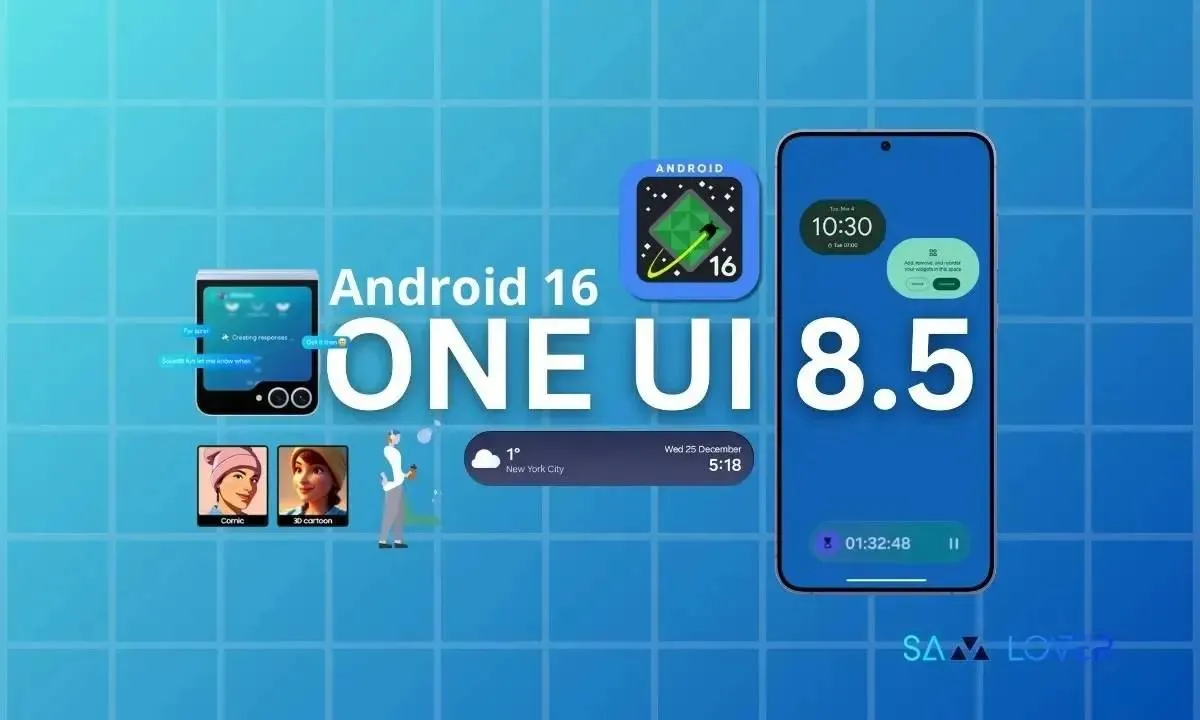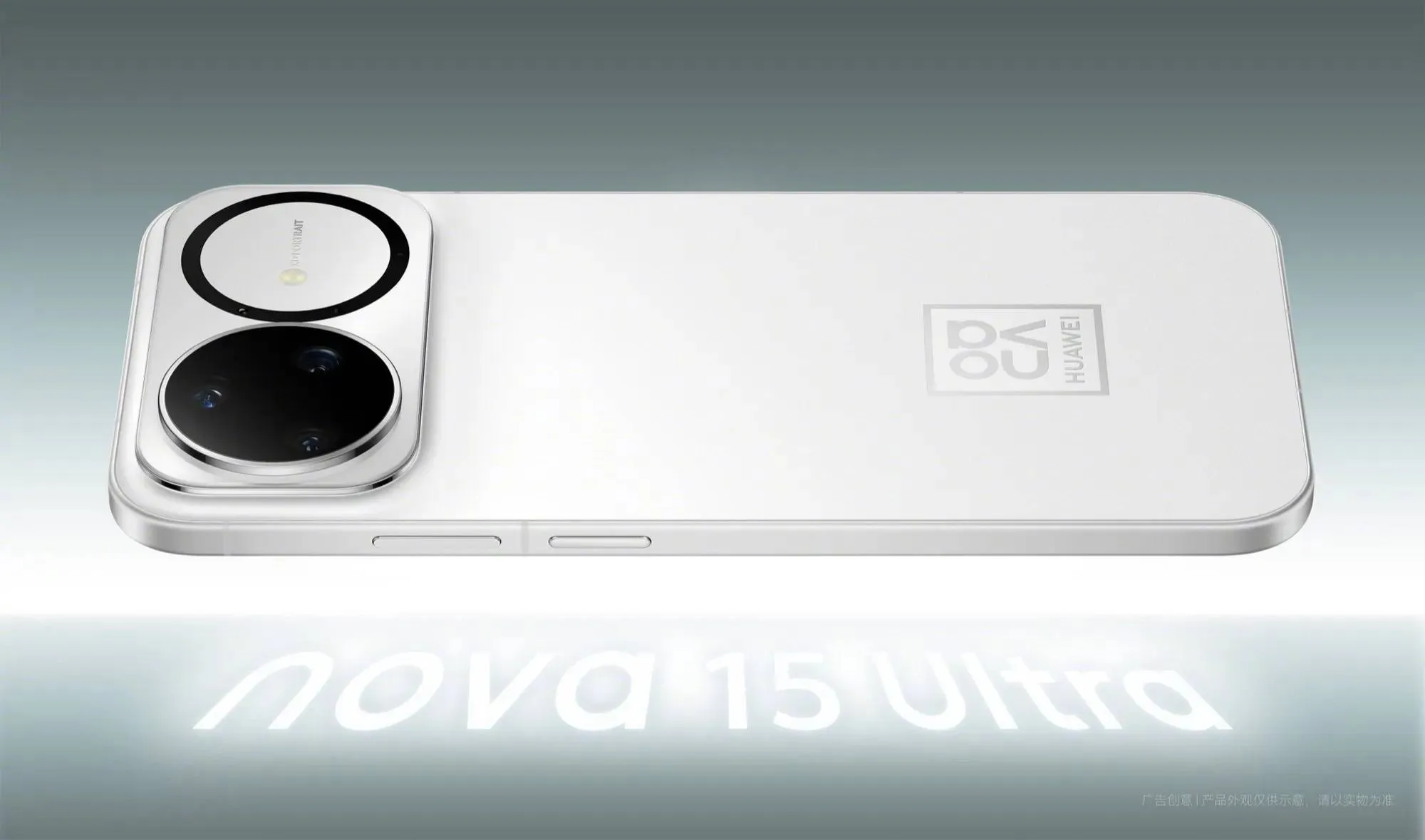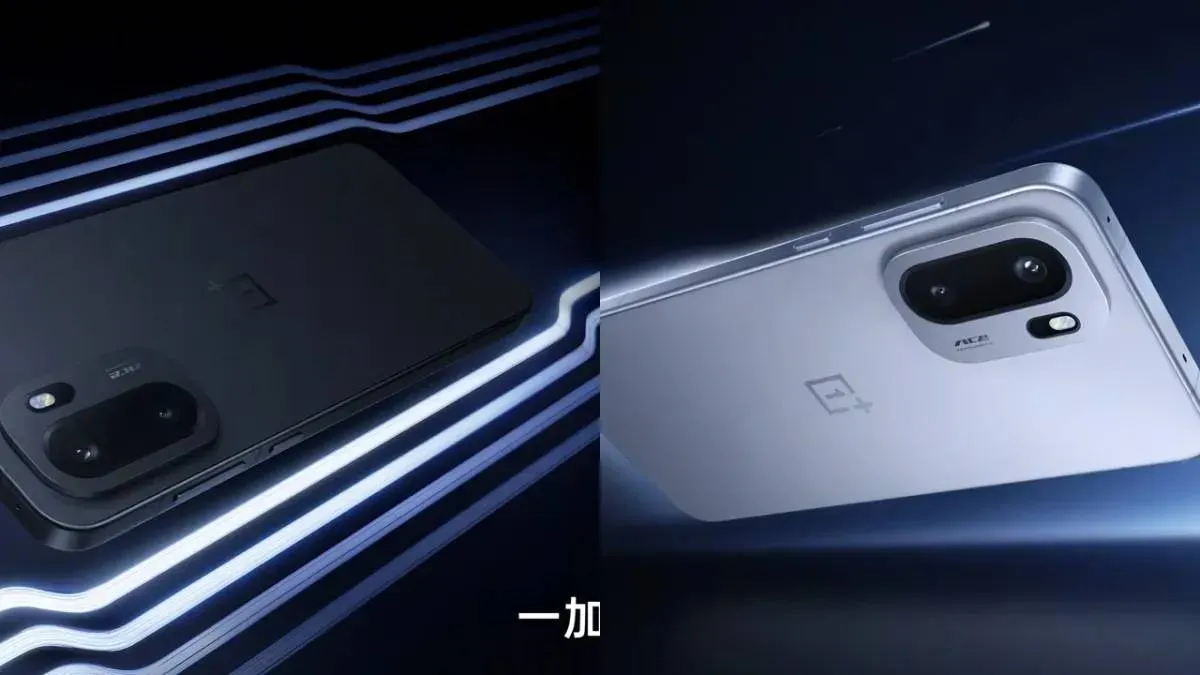HyperOS vs MIUI: Discover the Key Differences in Xiaomi's Customization Layers
xiaomiThursday, 20 June 2024 at 05:45
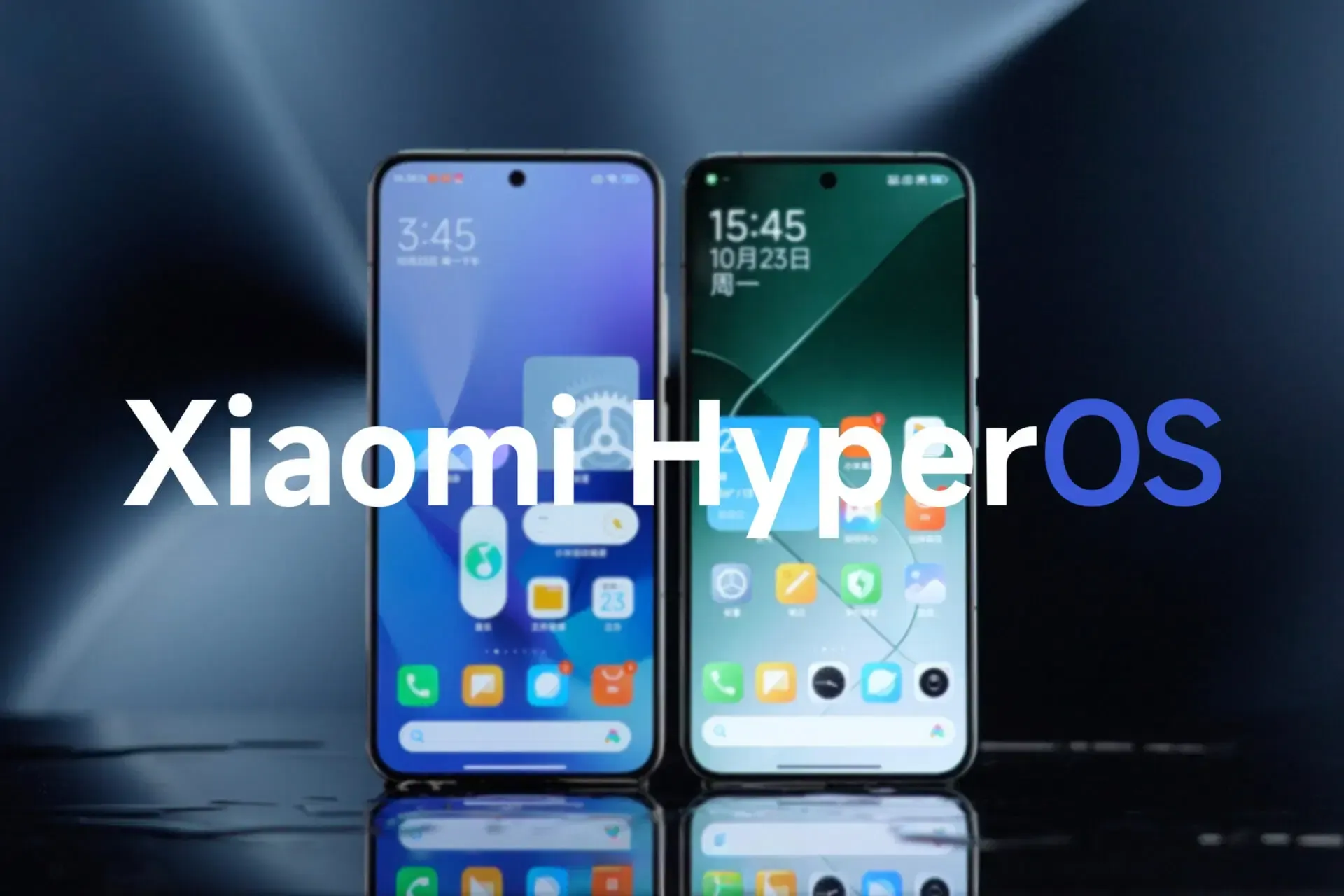
Xiaomi, the prominent Chinese smartphone manufacturer, has embarked on a new software chapter with the introduction of HyperOS. While initially presented as a brand new operating system, HyperOS builds upon the foundation laid by its predecessor, MIUI. This article delves deeper into the intricacies of HyperOS, exploring its performance enhancements, user interface refinements, innovative features, and broader ecosystem integration.
Unveiling HyperOS: A Deep Dive into Xiaomi's Next-Generation Software
Performance Optimization: A Multi-Layered Approach
HyperOS takes a multi-pronged approach to performance optimization, introducing two key layers: Vela and HyperConnect. Vela operates at a low level, working alongside Google's Android OS libraries to streamline core functionalities. This translates to a smoother and more responsive user experience. HyperConnect, on the other hand, focuses on seamless device interconnectivity within the Xiaomi ecosystem, encompassing smartwatches, cars, and other HyperOS-powered devices.
The optimization efforts yield tangible results. Memory usage for OTA updates is lower by a staggering 80%, minimizing storage space that the system updates consume. Additionally, app installation footprints are trimmed by 24%, contributing to a lighter and more efficient system. Xiaomi boasts a 15% performance increase in opening third-party applications compared to MIUI. Furthermore, the core system footprint is minimized to a mere 8GB, ensuring a more streamlined user experience. HyperOS is designed to be a scalable platform, boasting a rewritten internal structure capable of supporting billions of devices across the Xiaomi ecosystem.
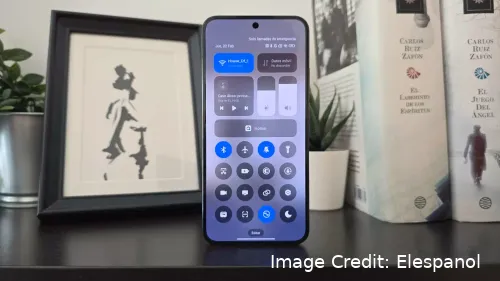
User Interface: Subtle Refinements for Enhanced Usability
While HyperOS retains the familiar user interface elements from MIUI, it introduces subtle yet impactful refinements. The labyrinthine settings menus have been streamlined for easier navigation and access to critical functionalities. The revamped Control Center bears a closer resemblance to iOS in terms of form and functionality, offering a more intuitive experience.
New aesthetics are also present. Icons have undergone a redesign, shedding unnecessary text labels and adopting a cleaner look. Animations have been meticulously polished, adding a touch of visual finesse. The redesigned Control Center integrates the music player with basic playback controls, providing a more unified experience. This hub for quick adjustments is visually appealing and readily customizable, allowing users to personalize icon arrangements.
The home screen receives its share of enhancements, welcoming the arrival of XXL folders that offer greater customization possibilities. Lock screen customization flourishes with a variety of styles that can be further personalized to suit individual preferences. These styles excel at seamlessly integrating the user's chosen wallpaper with the clock display, creating a visually captivating effect. Beyond these key revisions, numerous visual elements have been subtly tweaked. These include new widgets, design options within native applications, more dynamic animations, a refreshed weather app, expanded privacy controls, and advanced textures.
Features and Software: A Bridge Between Devices
So, HyperOS comes with a broader vision, aiming to seamlessly connect a diverse range of devices including tablets, smartwatches, smart TVs, smartphones, and even automobiles like the recently announced Xiaomi SU7. Xiaomi HyperConnect facilitates this device interoperability, allowing effortless communication between various devices within the ecosystem.
The integration of AI plays a pivotal role in HyperOS, although some functionalities like HyperMind remain geographically restricted. Users outside China can still leverage features like the intelligent gallery editor, equipped with an array of AI-powered editing tools. This emphasis on AI extends beyond the gallery. HyperOS 2.0 will introduce Xiaomi's own take on ChatGPT, with the notes application being the first beneficiary. This generative AI technology will assist users in summarizing information and composing text.
The interconnectivity facilitated by HyperOS extends beyond basic functionalities. Users can remotely control their mobile phone from their PC, leverage a unified clipboard across multiple devices, and share notifications seamlessly – all facilitated through a single Xiaomi account. The notification system has also been revamped, introducing a clean design philosophy and the "Notification Spotlight" feature. This system empowers users to interact with alerts in new ways, such as adding buttons alongside countdown notifications.
Availability and Updates: A Gradual Rollout
As a relatively new platform, HyperOS is still in the process of widespread adoption in comparison with its predecessor, MIUI. However, most recent models from Xiaomi, Redmi, and POCO have already transitioned to the new system. Update strategies revolve around Android 14 as the baseline operating system. This has breathed new life into older devices, granting them access to the latest functionalities offered by Google. Notably, some older phones receiving HyperOS retain Android 13, with a few exceptions.
The correlation between Android and HyperOS is expected to persist, with Android 15 serving as the foundation for HyperOS version 2.0. While some older devices will inevitably reach the end of their software support cycle, Xiaomi has demonstrably improved its update policies compared to the MIUI era, where a single model could be left behind across multiple Android versions.

Security and Privacy: A Growing Focus
In today's digital landscape, security and privacy are paramount concerns for smartphone users. HyperOS addresses these concerns through a multi-faceted approach:
- Enhanced Permission Management: The system provides a more granular level of control over app permissions. Users can choose to grant temporary access, revoke permissions when an app is not in use, or deny them entirely. This granular control empowers users to make informed decisions about their data privacy.
- Sandboxing: HyperOS employs sandboxing techniques to isolate apps from accessing core system resources or user data without explicit permission. This helps mitigate potential security vulnerabilities and data breaches.
- Privacy Indicators: The system incorporates privacy indicators that notify users when apps are accessing the microphone, camera, or location services. This transparency allows users to be aware of how their data is in use and take necessary actions.
- Focus Mode: HyperOS introduces a Focus Mode that helps users minimize distractions. This mode can be customized to silence notifications or restrict app access for a designated period, allowing users to concentrate on specific tasks without interruptions.
The Future of HyperOS: Continuous Evolution
Xiaomi has outlined a roadmap for the continued development of HyperOS. Here's a glimpse into what users can expect:
- HyperOS 2.0: HyperOS 2.0 will run on top of Android 15. This iteration will introduce further performance optimizations, potentially leveraging advancements in Google's next-generation operating system. Additionally, Xiaomi's ChatGPT-inspired AI technology will debut in the notes application, offering innovative text summarization and generation capabilities.
- Enhanced Cross-Device Integration: Xiaomi aims to further refine HyperConnect, fostering even more seamless communication and interaction between various devices within the ecosystem. This could potentially translate to features like effortless file transfer across devices or the ability to seamlessly continue tasks initiated on one device on another.
- AI-Powered Experiences: Xiaomi is working on integrating AI more deeply into HyperOS. Future iterations could introduce AI-powered features like context-aware suggestions, proactive notifications, and intelligent resource management, all designed to personalize and enhance the user experience.
Conclusion: A Promising Future for the Xiaomi Ecosystem
So, HyperOS marks a pivotal moment in Xiaomi's software development journey. By building upon the strengths of MIUI while introducing innovative features and functionalities, HyperOS positions itself as a robust and user-centric operating system. Its focus on performance optimization, a refined user interface, seamless device interconnectivity, and evolving security measures positions Xiaomi as a strong contender in the competitive mobile software landscape. As HyperOS continues to evolve, users can expect a more personalized, secure, and interconnected mobile experience within the Xiaomi ecosystem.
Loading


